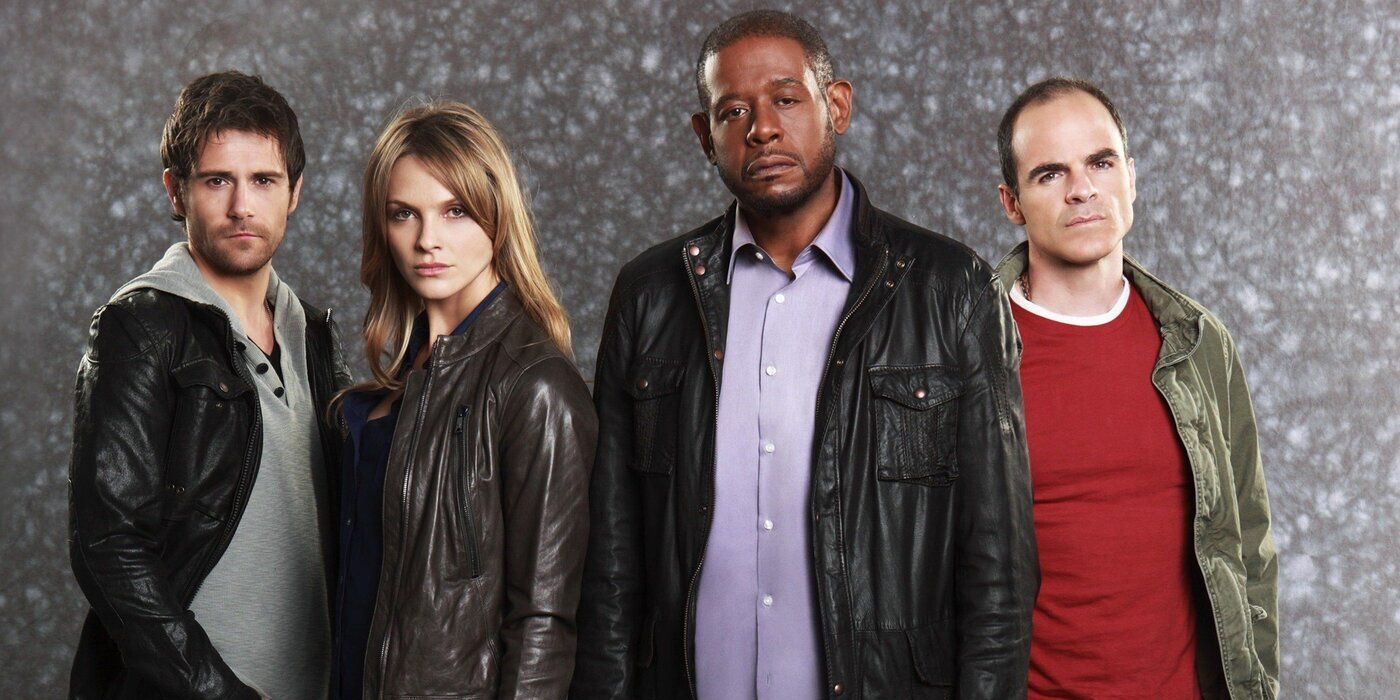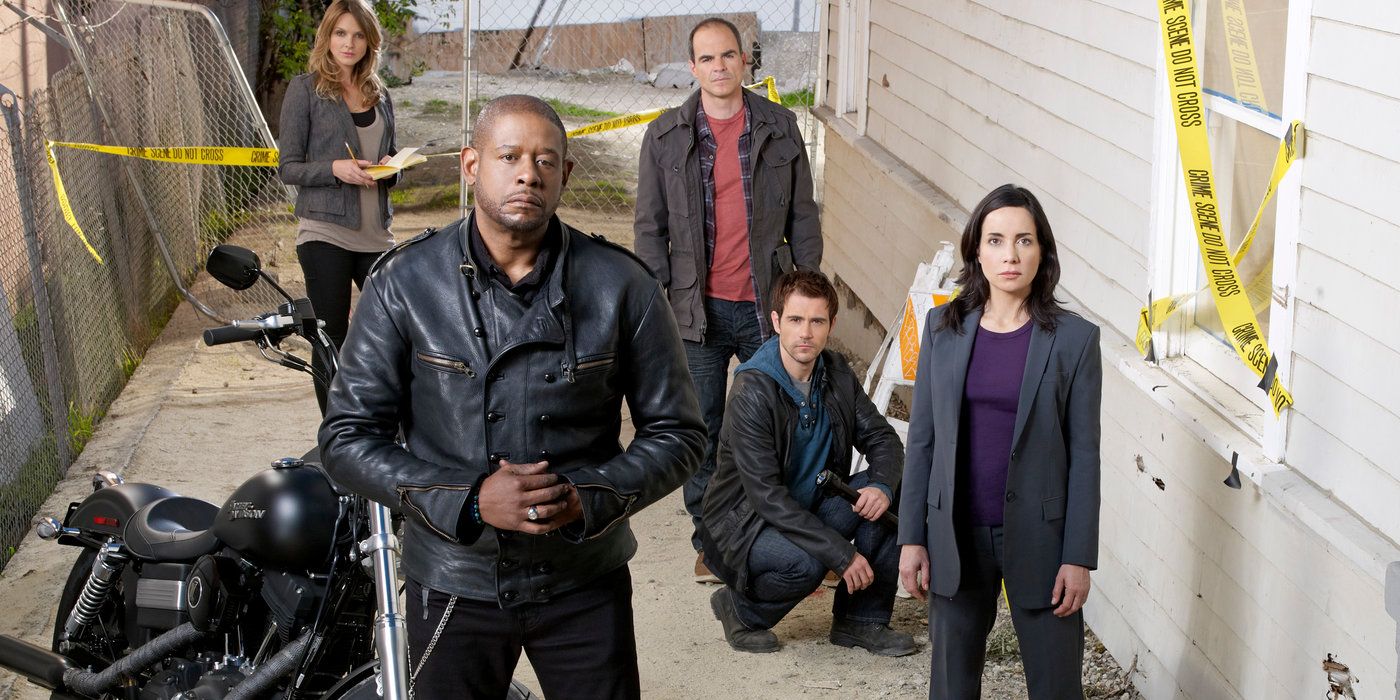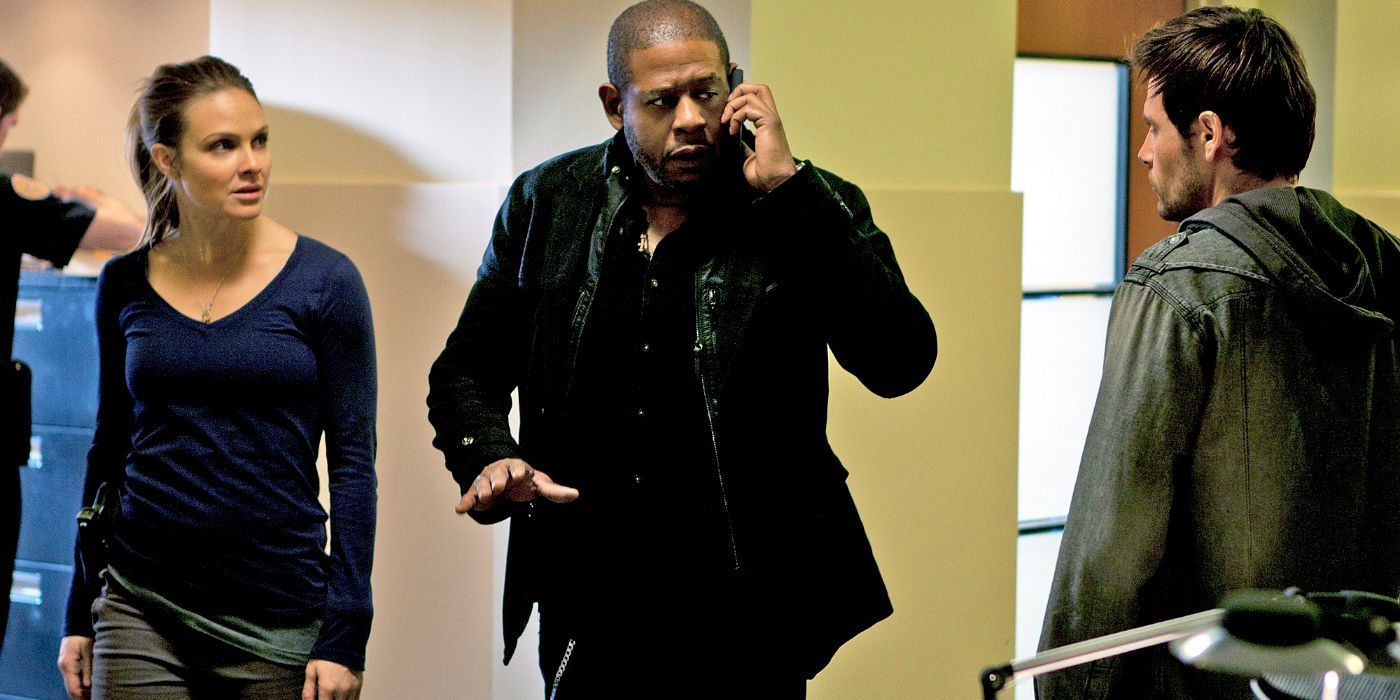Why CBS Canceled Criminal Minds: Suspect Behavior After Only 13 Episodes
Criminal Minds is one of the most popular and long-lasting police procedural dramas of recent years, currently airing its eighteenth season through the continuation series Criminal Minds: Evolution. But unlike most police procedural dramas, Criminal Minds isn’t part of a big TV franchise, even if there were many attempts to develop one. And the first spin-off series based on Criminal Minds that tried to expand on this fictional universe was Criminal Minds: Suspect Behavior. But sadly, this spin-off series only lasted thirteen episodes before it was eventually canceled.
What Was Criminal Minds: Suspect Behavior About?
The First Spin-Off Series Focused on a Rapid Response Team
The original Criminal Minds series follows the Behavioral Analysis Unit, or BAU, a team of profilers within the FBI who work on assisting different investigations across the country, often called in cases of serial killers and child abductions. Criminal Minds: Suspect Behavior followed a similar concept, with a newly-formed team of profilers working in the BAU but as a rapid response team, also known as the “Red Cell” team. Unlike the original BAU team, the Red Cell team was called in cases where urgent assistance was needed, that couldn’t wait for the regular bureaucracy and red tape.
The Red Cell team was first introduced in Criminal Minds Season 5, Episode 18, “The Fight,” which served as the backdoor pilot for Criminal Minds: Suspect Behavior. In this Criminal Minds episode, the original BAU team goes to San Francisco to investigate the murder of several homeless men, and their investigation crosses paths with the new team and their investigation into another series of crimes. Hotch meets with the team leader, Sam Cooper, and the two agree to work on their cases as two halves of the same investigation.
Hotch decides to bring Cooper and his team into the investigation against Erin Strauss’s orders, as Hotch knows that Cooper’s information is valuable for his own investigation, and both cases are connected. Cooper is willing to face the consequences of going against Strauss, a decision that sets the tone for the spin-off series and Cooper’s team, which mostly works outside the FBI’s bureaucracy. Janeane Garofalo’s character isn’t part of the backdoor pilot, but is part of Cooper’s team from the very first episode of Criminal Minds: Suspect Behavior.
When Was Criminal Minds: Suspect Behavior Canceled, and Why?
The Series Only Lasted Thirteen Episodes
After the backdoor pilot that aired on April 7, 2010, as part of Criminal Minds Season 5, Criminal Minds: Suspect Behavior officially debuted on February 16, 2011, with the premiere episode, “Two of a Kind.” This episode follows the Red Cell team as they work on a child abduction case that eventually connects with the disappearance of other little girls. Criminal Minds: Suspect Behavior was very short-lived, and the series’ cancellation was announced on May 17, 2011, before the final two episodes of the show aired.
Sadly, Criminal Minds: Suspect Behavior wasn’t as popular as the original Criminal Minds series. The show suffered from low ratings that led to the show’s cancellation, and fans of the original BAU were never fully interested in following the spin-off series. The producers of the show were counting on Criminal Minds fans to be just as dedicated to the spin-off series, but Criminal Minds: Suspect Behavior never found popularity within most of the existing fandom.
Why Wasn’t Criminal Minds: Suspect Behavior Popular?
Many Fans of the Original Series Didn’t Follow the Spin-Off
The Red Cell team also seemed to go against what the original Criminal Minds series had previously established in terms of the universe’s rules. Hotch and his team are unable to join investigations where they aren’t invited, but the Red Cell team worked as a “rogue” FBI unit without having to follow the rules the original BAU team had to work with, which seemed unrealistic and unfair at the same time. It also didn’t make sense to have a “rapid response” team for urgent cases like child abductions, like in Suspect Behavior’s first episode, when the original BAU team had already worked on multiple child abduction cases without much delay in their response.
Replicating the success of the original Criminal Minds series was already an uphill battle, as the cast and characters in Criminal Minds are both unique and beloved. Criminal Minds: Suspect Behavior didn’t feel original or different enough to justify the spin-off, and, in part due to the lack of time after being canceled so soon, the team was unable to earn its own place within the fandom.
It’s Not Easy to Develop a Franchise Around Criminal Minds
Criminal Minds Is a Unique Police Procedural Drama
Creating a spin-off from a successful show should bring something new that helps expand the fictional universe to create a popular franchise. But with the case of Criminal Minds, it’s hard to see why cases from Criminal Minds: Suspect Behavior couldn’t have been worked by the original BAU team. While it’s true that Hotch’s team didn’t have enough time to work on every case where local police needed assistance, it wouldn’t necessarily justify having an unrealistic “rogue” team within the FBI.








